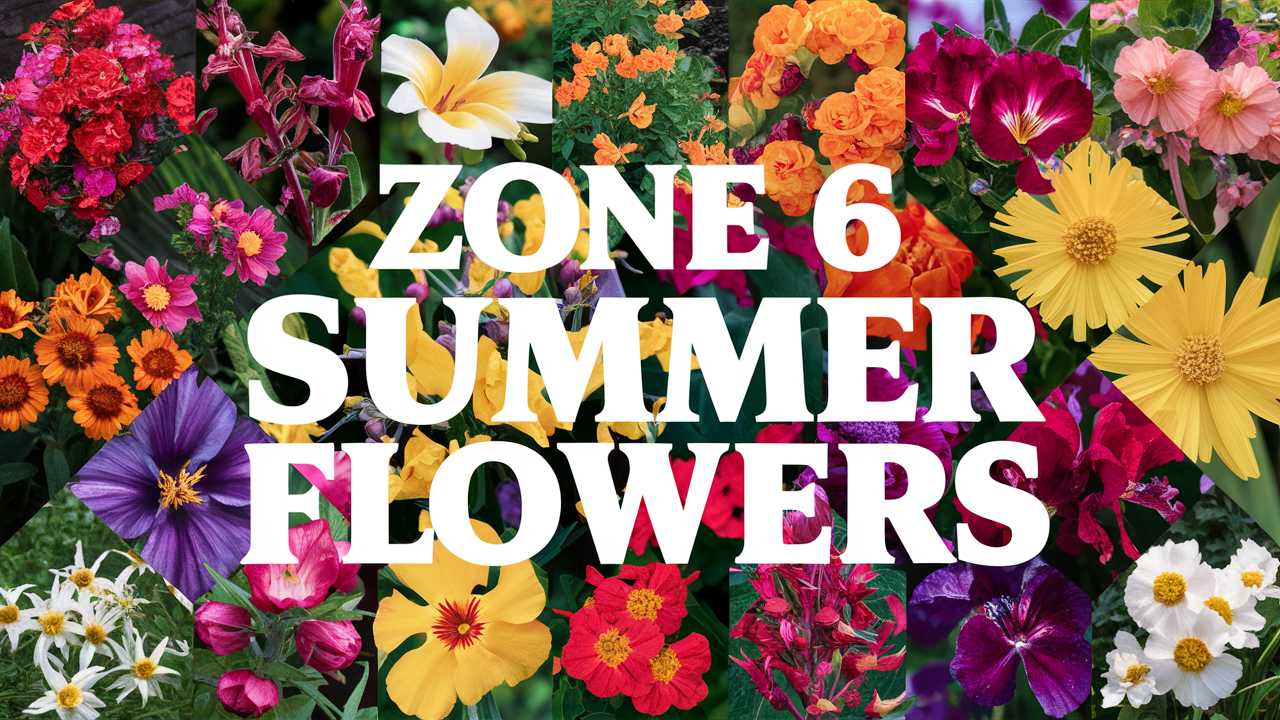Below, we present an exquisite collection of summer flowers that flourish in Zone 6, providing stunning visual appeal and attracting pollinators to your garden.
Black-eyed Susan
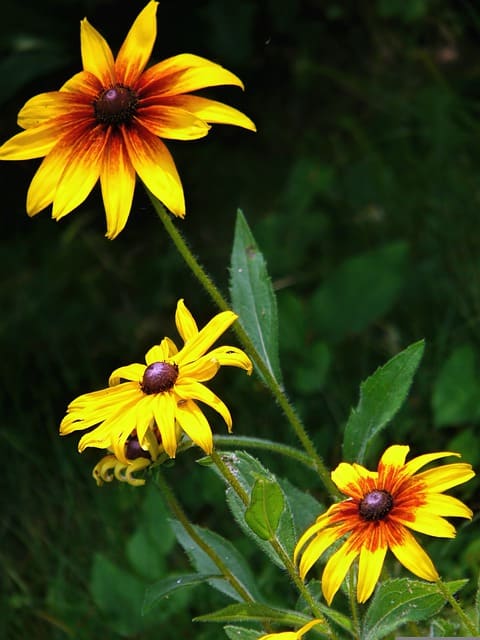
Renowned for their cheerful golden yellow petals and striking dark centers, Black-eyed Susans are a quintessential choice for Zone 6 gardens. They bloom prolifically from June to September, thriving in full sun and poor soil, thus requiring minimal care. These dependable beauties attract butterflies and bees, making them a favorite among pollinator-friendly gardeners. Their drought tolerance further enhances their appeal, as they continue to flourish even during dry spells.
Coneflower
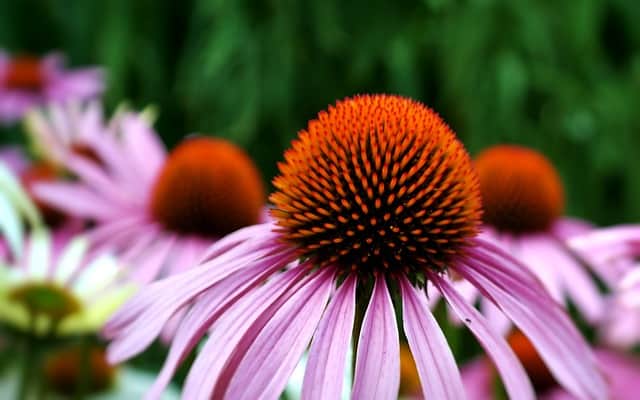
Echinacea, commonly known as coneflower, is another favorite in Zone 6. The daisy-like blooms, with their prominent purple shades and unique cone-shaped centers, create a stunning visual presence. Coneflowers are resilient and drought-tolerant, blooming from early summer until fall. They are well-loved for their ability to attract pollinators while providing a stunning backdrop for other garden flowers. Additionally, their medicinal properties have made them popular in herbal remedies.
Daylily
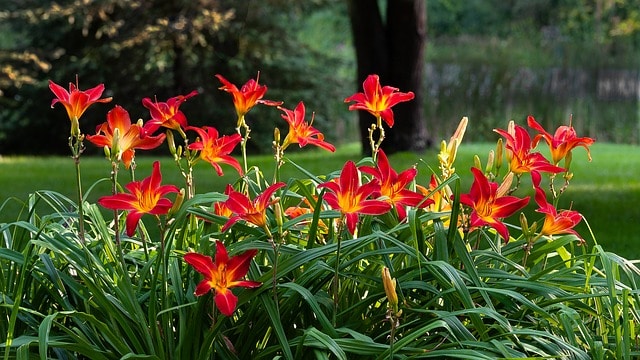
Daylilies are a staple in many gardens due to their stunning array of colors and their easy-going nature. With blooms that last only a day but produce a continuous show of flowers throughout the summer, they provide a dynamic presence in any garden layout. Available in many variations—ranging from orange to deep red or even pastel shades—Daylilies thrive in full sun and withstand various soil conditions. They are also deer-resistant and return year after year with little maintenance.
Peony
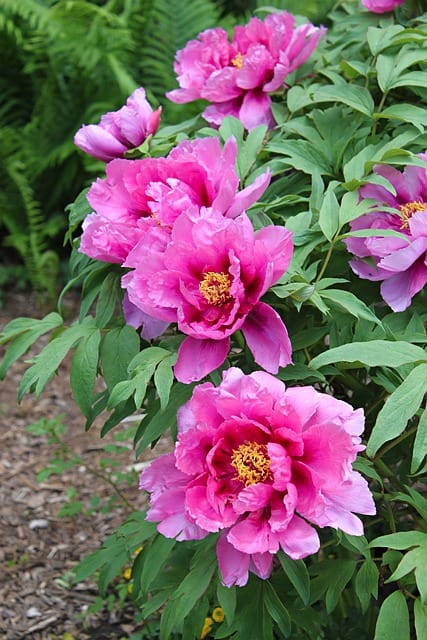
Peonies are a classic choice for gardeners who appreciate lush, fragrant blooms. Blooming in late spring and early summer, these perennial powerhouses create an explosion of color, with shades ranging from soft pinks to deep burgundies. With their large, bushy forms making them perfect for garden borders, they offer plenty of visual interest. Peonies prefer well-drained soil and a sunny location, and they can thrive for generations, making them a cherished addition to any garden.
Larkspur
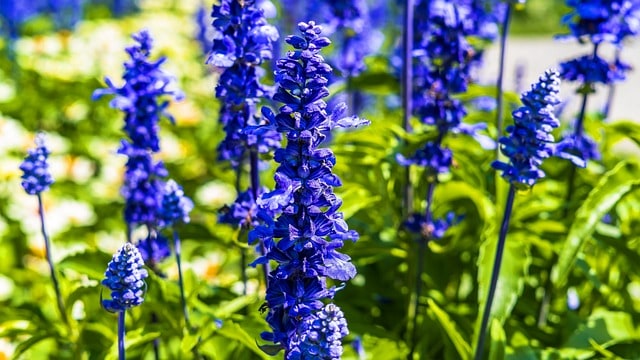
Larkspur brings a touch of cottage garden charm with its tall, slender spikes of blooms in shades of blue, pink, and white. They thrive in full sun and add vertical interest, reaching heights of up to 6 feet. Blooming from late spring through summer, Larkspur attracts bees and butterflies, adding movement and life to your outdoor space. These annuals can also be perennial if allowed to reseed, making them an adaptable choice for flower lovers.
Shasta Daisy
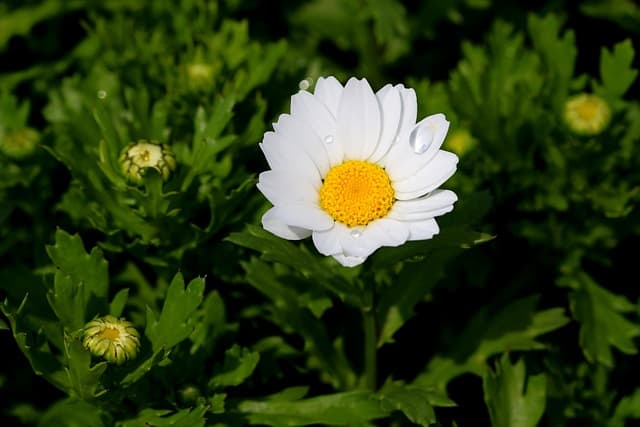
The Shasta Daisy is a familiar face in many gardens, recognizable for its classic white petals surrounding a bright yellow center. These resilient flowers bloom from early summer to early fall, thriving in full sun to partial shade. They are remarkably easy to grow and require minimal care once established. Shasta Daisies are also excellent for cutting gardens, as their long-lasting blooms make splendid arrangements.
Zinnia
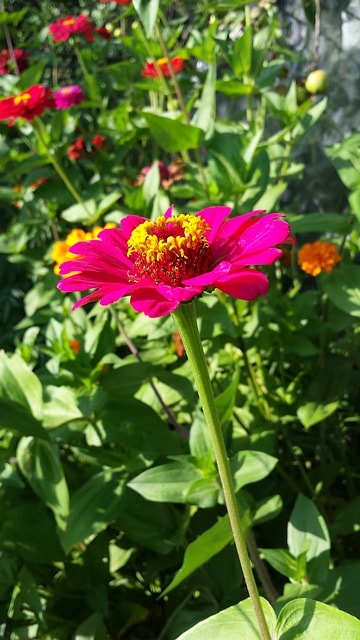
Zinnias are a summer staple for their dazzling colors and tenacious blooming ability, from mid-summer until the first frost. These annuals are highly adaptable and thrive in sunny spots with well-drained soil. With varieties ranging from petite, single-stemmed types to large, full blooms, Zinnias are excellent for borders, cut-flower gardens, or simply brightening up your outdoor space. They’re also known for attracting butterflies, enhancing the liveliness of your garden.
Bee Balm
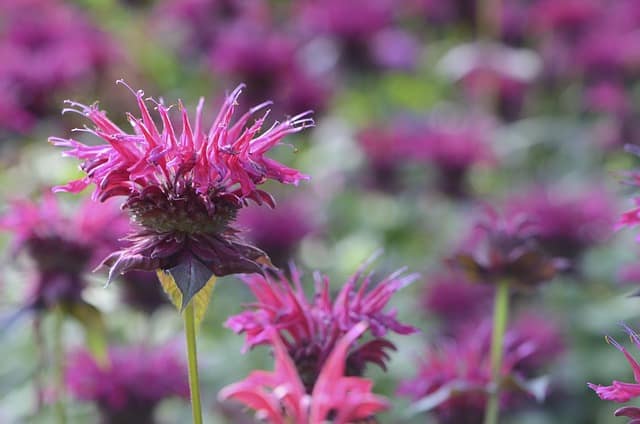
Bee Balm, also known as Monarda, stands out with its unique, shaggy flower clusters in shades of red, pink, and purple. This aromatic perennial thrives in full sun to partial shade and draws in bees, butterflies, and hummingbirds, making it an essential addition for pollinator gardens. Beyond its beauty, Bee Balm’s leaves are also used in teas and herbal remedies, providing multiple benefits for gardeners.
Phlox
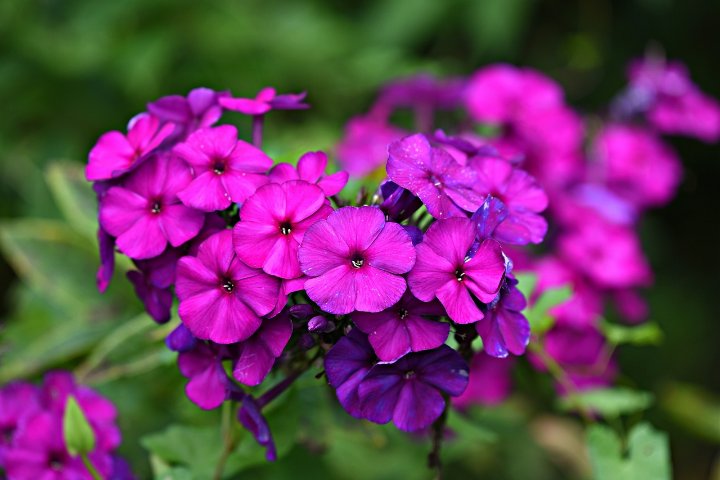
Phlox, with its sweet fragrance and colorful clusters, becomes a delightful focal point in any Zone 6 summer garden. Available in creeping and tall varieties, they bloom from late spring through late summer, offering a long-lasting display of hues. They thrive in various conditions, preferring sunny spots but tolerating partial shade as well. With their rich, sweet aroma and attractive blooms, Phlox attracts a myriad of beneficial insects to the garden.
Salvia
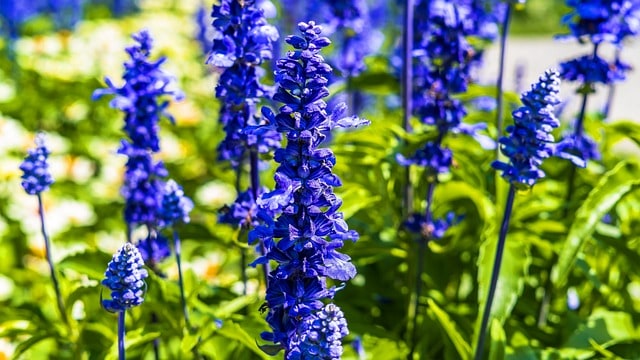
Salvia brings elegance and a touch of whimsy to summer gardens with its upright flower spikes in shades of purple, blue, and red. This drought-tolerant perennial flourishes in sunny locations and actively attracts hummingbirds, bees, and butterflies. Blooming from early summer until late fall, Salvia serves as a great companion plant to many other summer flowers, enhancing both aesthetics and biodiversity in your garden.
Russian Sage
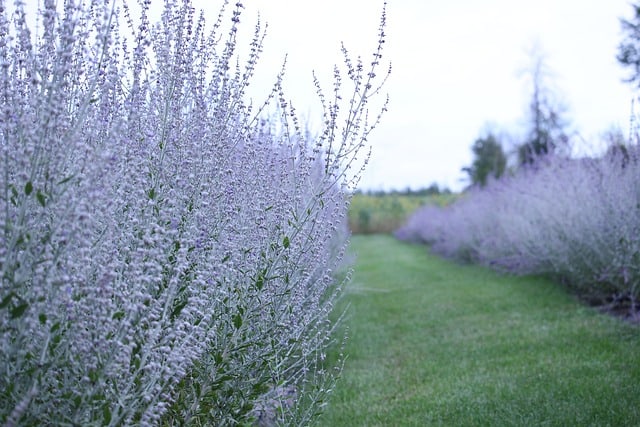
For gardeners looking for a hardy, drought-tolerant option, Russian Sage is a compelling choice. This perennial features silvery foliage and tall spikes of small purple blooms, creating a stunning textural contrast in gardens. Russian Sage thrives in full sun and can tolerate poor soils, making it an easy-care option for those wanting a low-maintenance yet visually appealing plant. Its aromatic leaves also help deter deer and pests.
Coreopsis
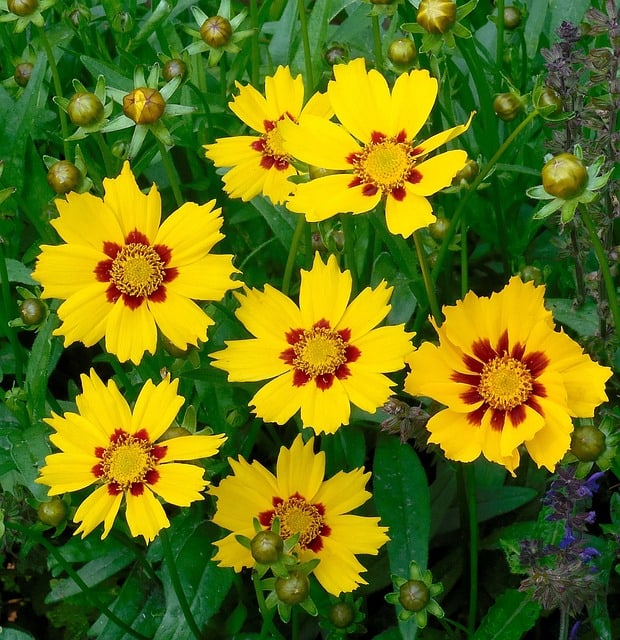
With their sunny yellow blooms and robust growth, Coreopsis—often referred to as tickseed—adds brightness to any summer garden. These hardy perennials easily flourish in poor soils and can tolerate drought, making them ideal for low-maintenance gardens. Blooming from early summer to fall, Coreopsis not only brings beauty but also provides abundant nectar for pollinators, making it a win-win for both gardeners and insects.
Aster
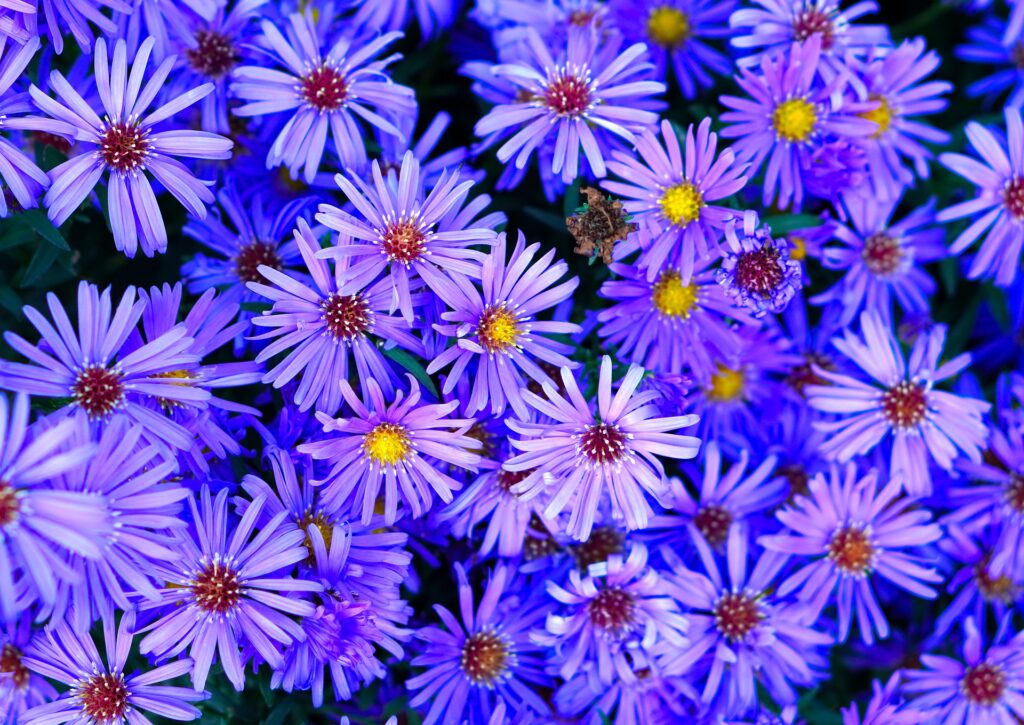
Aster has become a popular choice for late summer color, with its exquisite star-like blooms in shades of violet, pink, and white. While most commonly associated with fall, certain cultivars can begin blooming as early as mid-summer. These perennials thrive in full sun to partial shade and prefer moist, well-drained soil. With their drought tolerance and ability to attract butterflies and bees, they continue to be a favorite among gardeners.
Lavender
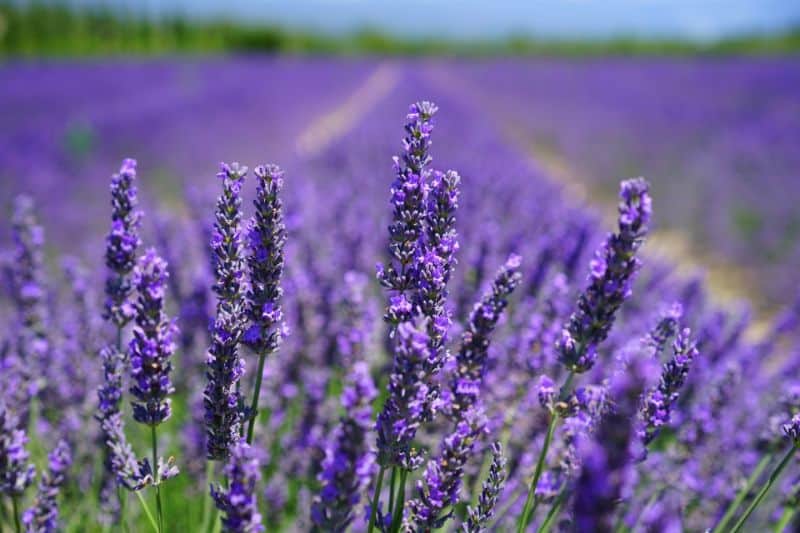
Lavender stands out not just for its captivating purple blooms, but for its aromatic leaves and calming scent. This drought-tolerant perennial thrives in sun-drenched areas with well-drained soil, making it a fantastic choice for low-maintenance gardens. Lavender’s beauty, combined with its ability to repel pests, makes it an integral part of herb gardens and pollinator-friendly spaces. Plus, its dried flowers are perfect for crafting sachets and decorative arrangements.
Hollyhock
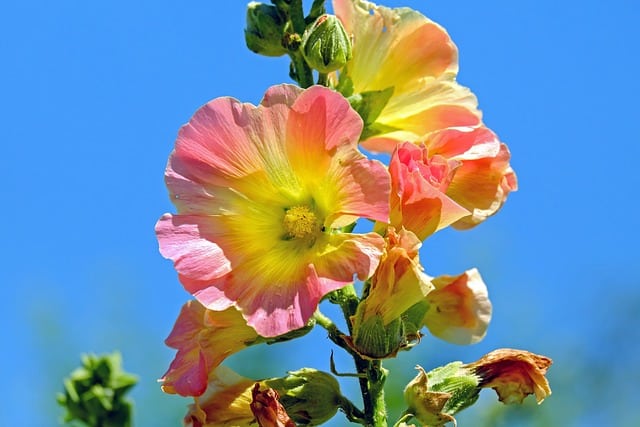
Hollyhocks tower gracefully in the garden, presenting pops of color that can reach heights of over 6 feet. Blooming in a variety of shades, these biennials provide a classic, nostalgic look reminiscent of old-world gardens. They thrive in full sun and once established, require minimal maintenance. Hollyhocks are particularly attractive to hummingbirds and butterflies, enhancing the ecological diversity of your outdoor space.
Campanula
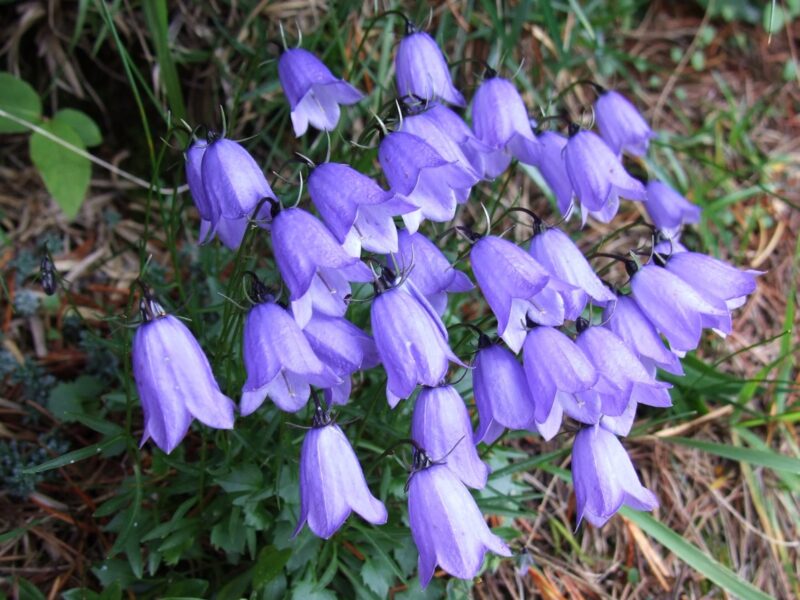
Campanula, also known as bellflower, adds charm with its bell-shaped blossoms that come in rich blues, purples, and whites. These perennials are perfect for creating borders and rock gardens and thrive in well-drained soil and sunny conditions. Campanula are also known for their long blooming period from late spring until early fall and make excellent cut flowers, providing seasonal delight both indoors and outdoors.
Marigold
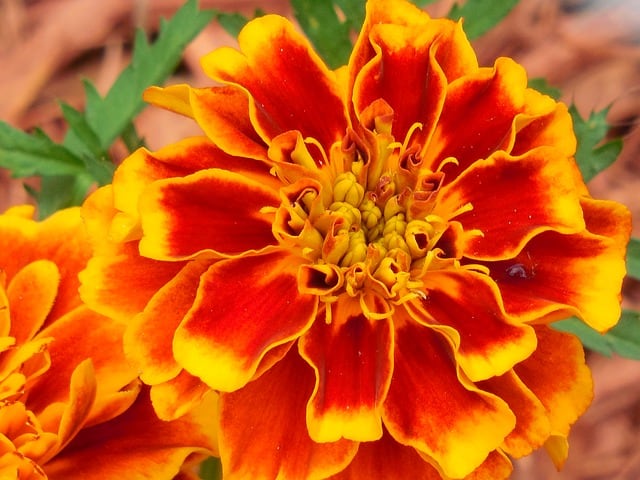
Marigolds are often favored for their bright, vibrant yellow and orange blooms and their ability to repel pests naturally. These annuals bloom from late spring to frost, and they thrive in sunny locations. Marigolds are a fantastic addition to vegetable gardens, acting as companions to deter aphids and other harmful insects. They are also low-maintenance and make excellent borders due to their visually appealing colors and ability to withstand heat.
Gladiolus
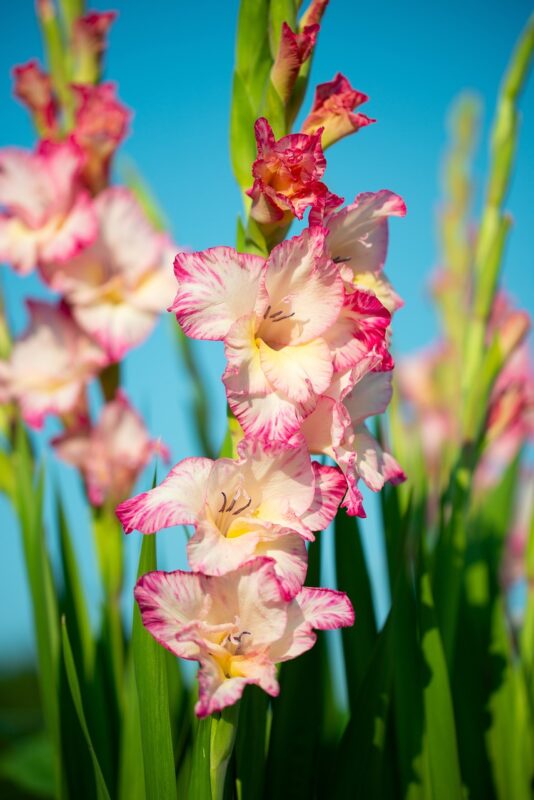
Gladiolus offers a dramatic vertical element to summer gardens, with its striking floral spikes in a multitude of colors. These summer-blooming bulbs thrive in full sun and can be planted throughout the spring for a staggered bloom. Although they require staking to support their tall growth, their elegant appearance makes them a must-have for cut-flower gardens. Gladiolus holds a special place in flower arrangements and bouquets, exuding elegance.
Petunia
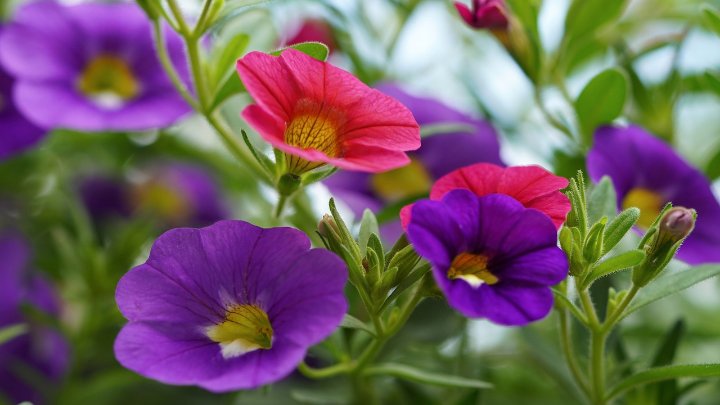
Petunias are a beloved annual flower known for their wide range of colors and sprawling habit. They thrive in containers, window boxes, or directly in garden beds, blooming continuously from spring until frost. With various patterns and shades, Petunias can brighten any space, and they also attract hummingbirds. Their versatility and ease of care make them a vibrant choice for both novice and experienced gardeners alike.
Sweet Pea
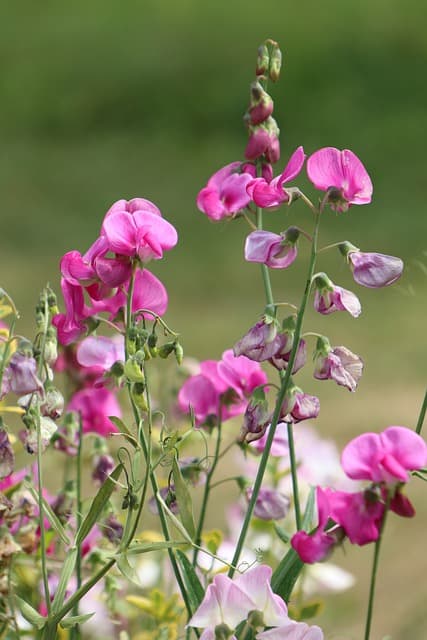
Sweet Peas captivate with their sweet fragrance and delicate blooms in shades of pink, blue, and lavender. They thrive in cooler summer temperatures, making them a good fit for early summer gardens in Zone 6. These climbing annuals can be trained on trellises or fences to create a lush green wall of color. Sweet Peas not only bring beauty to your garden but also produce delightful scents, making them a favorite for bouquets.
Morning Glory
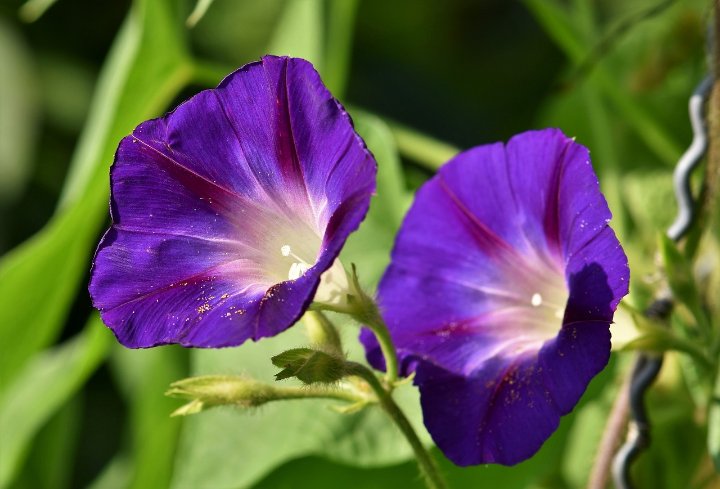
With their vibrant, funnel-shaped blooms that open with the sun, Morning Glories bring a touch of the whimsical and charming to any garden. These fast-growing annual vines prefer full sun and can climb on trellises, poles, or fences with ease. The colorful blooms attract pollinators, including bees and butterflies, while their expansive nature can create lush green canopies. Morning Glories bloom profusely during the summer, providing returning joy for many seasons.
Verbena
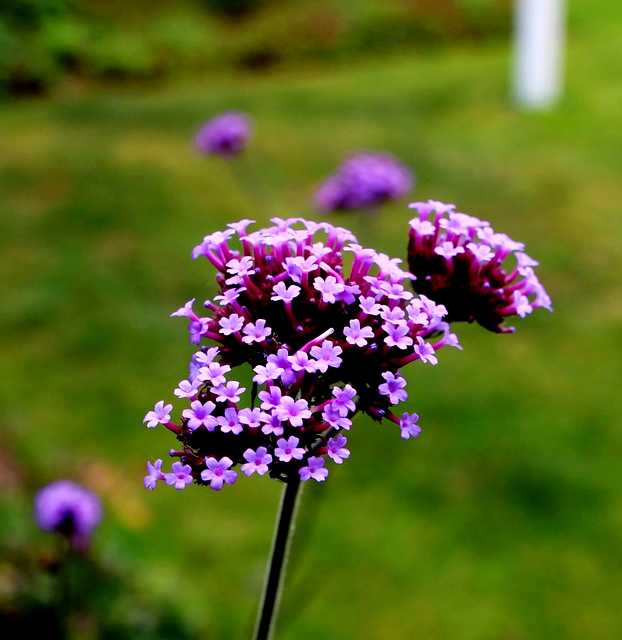
Verbena is a versatile annual that is admired for its clusters of small, vibrant flowers, appearing in several colors including purple, pink, and red. These durable plants thrive in sunny locations and are particularly resistant to drought. Blooms appear from early summer until the frost, making them a solid choice for filling containers or cascading over hanging baskets. Verbena’s ability to attract butterflies while minimizing upkeep makes them a must-have for carefree gardeners.
Ornamental Onion (Allium)
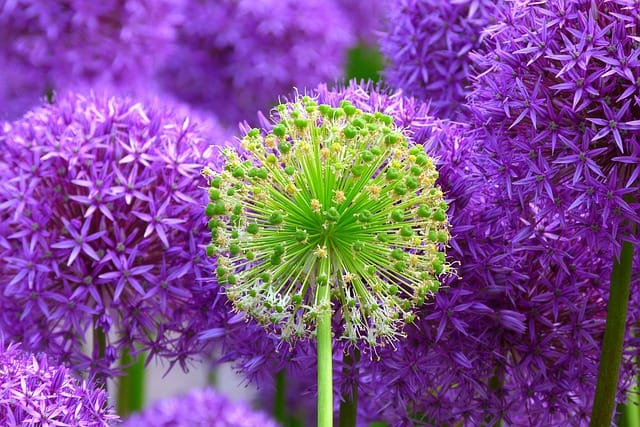
Ornamental onions create stunning architectural interest in gardens with their tall stalks topped with globes of purple blooms. While they typically flower in late spring, they remain attractive through the summer due to their unique structure. These perennial plants are highly drought-tolerant, thriving in sunny areas with well-drained soil. Their unusual form and ability to repel pests while attracting beneficial insects make Alliums perfect companions in flowering borders.
Native Wildflowers
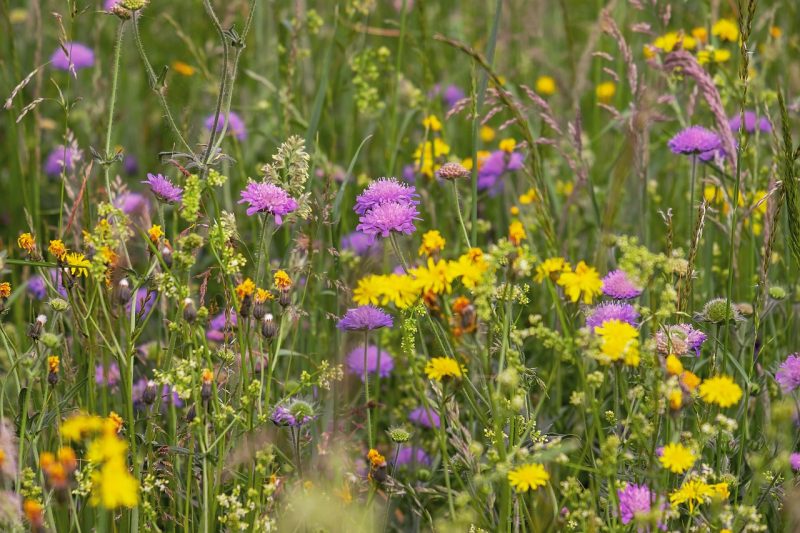
Consider incorporating a mix of native wildflowers into your Zone 6 garden. These hardy plants, such as Purple Coneflower, Black-eyed Susan, and Butterfly Weed, not only attract pollinators but also require minimal care once established. Native wildflowers are well adapted to the local environment, meaning they will thrive in your garden with little to no additional watering or fertilization. By choosing native species, you’ll also help to maintain local biodiversity while creating a stunning seasonal display.


